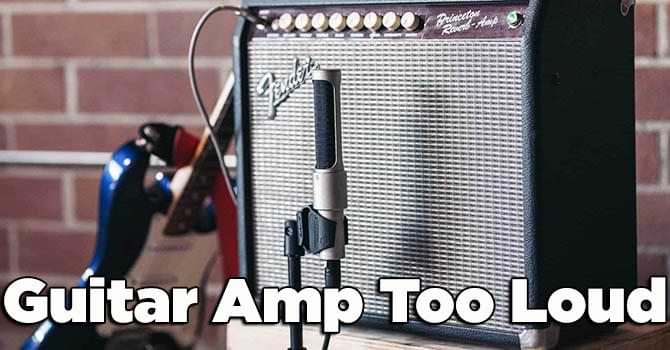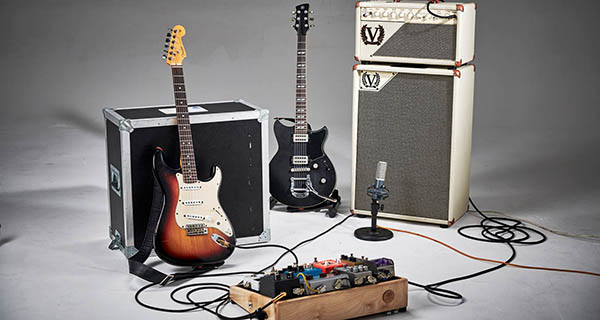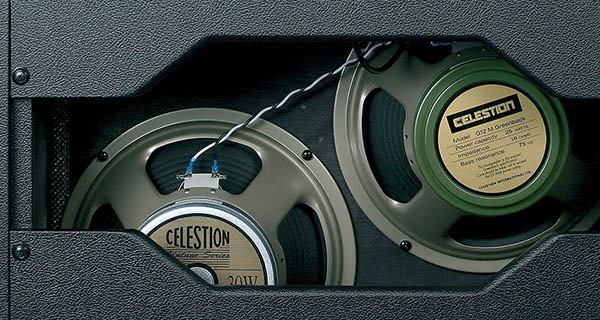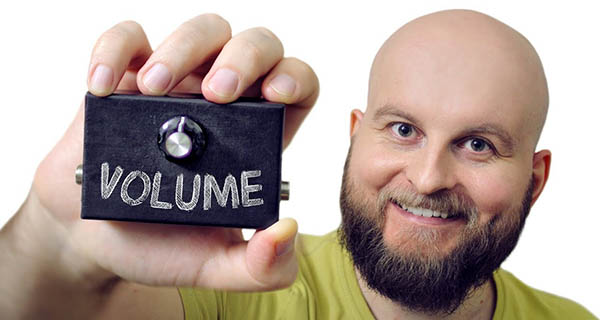Guitar Amp Too Loud [Reason & Way to Fix]
Welcome to our guide on the common issue faced by guitarists: a guitar amp that’s just too loud. If you’ve ever found yourself struggling to tame the volume on your amplifier, causing discomfort and possibly even equipment damage, you’re not alone. Let’s dive in and discover how to conquer the challenge of an overly loud guitar amp.

# Table of Contents =>
Reasons Your Guitar Amp Too Loud:
a) Incorrect Settings –

One of the most common reasons for excessive volume is incorrect amp settings. Perhaps the gain or volume knobs are cranked up too high, or the master volume is set beyond the optimal level. Additionally, improper use of pedals and effects can contribute to the overall loudness.
b) Faulty Wiring –
Faulty wiring inside the amplifier can lead to an increased signal boost, resulting in amplified sound levels. Poorly soldered connections or damaged components can also cause unwanted noise and excessive volume.
c) Speaker Efficiency –

The efficiency of your amplifier’s speakers plays a significant role in determining volume levels. Low-efficiency speakers require more power to produce the same volume, which may result in an overly loud amp.
d) Mismatched Impedance –
Connecting an amp to speakers with mismatched impedance can lead to uneven power distribution and may cause the amp to push too much power, resulting in excessive volume and potential damage to the speakers.
Effective Ways to Fix Your Guitar Amp:
a) Adjust Amp Settings –
Start by setting all your amp’s controls to their lowest levels before turning it on. Gradually increase the volume and gain knobs until you reach the desired volume without distortion or discomfort. Be mindful of the master volume, as it controls the overall loudness of the amplifier.
b) Use an Attenuator –

An attenuator is a device that reduces the output power of your amp without sacrificing tone. Placing an attenuator between your amplifier and speaker allows you to crank up the amp’s settings while maintaining a manageable volume level.
c) Use a Volume Pedal –

A volume pedal placed in your effects loop or directly in front of your amp can act as a master volume control. This way, you can quickly adjust your volume on the fly without altering your amp’s settings.
d) Replace Speakers –
If your amplifier’s speakers have low efficiency, consider upgrading to high-efficiency speakers. This will enable you to achieve the same volume level with less power, reducing the overall loudness.
e) Check Wiring and Components –
Inspect your amp for any loose connections or damaged components. If you’re not confident in your technical skills, consult a qualified technician to diagnose and fix any issues.
f) Use an EQ Pedal –

An EQ pedal can help you control the frequencies coming out of your amp, allowing you to cut down on harsh or unwanted frequencies that contribute to excessive volume.
h) Attentive Playing Technique –
Adjust your playing technique to control the dynamics of your guitar. Lightening your touch and picking softly can help you control the output and prevent the amp from becoming too loud during intense playing.
In the end, finding the right volume balance for your guitar amp is crucial to achieving optimal sound quality and avoiding potential equipment damage. By understanding the various reasons your amp may be too loud and implementing the effective solutions provided in this guide, you can enjoy your playing experience without the worry of excessive volume.
Remember to experiment with different settings, equipment, and techniques to find what works best for your unique playing style. Happy playing!
Last Updated on September 14, 2023 by Perry Garner


